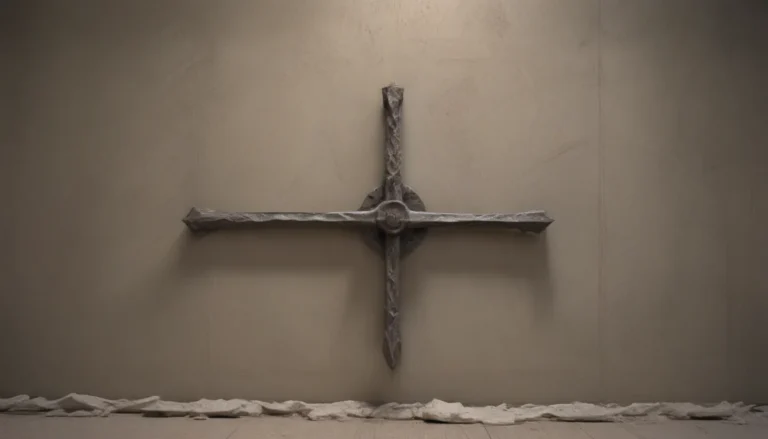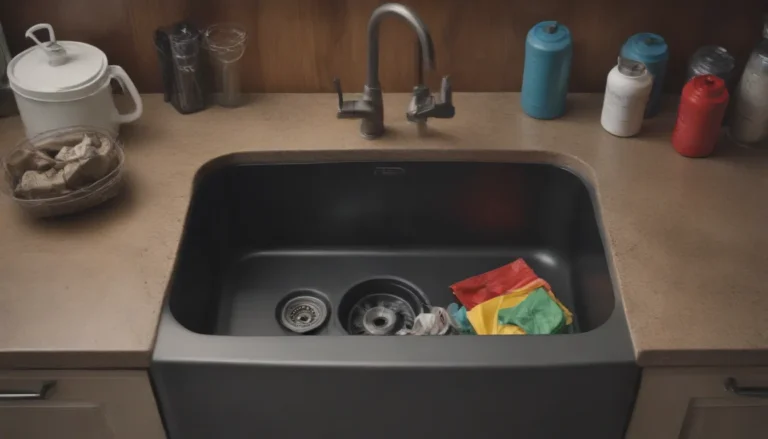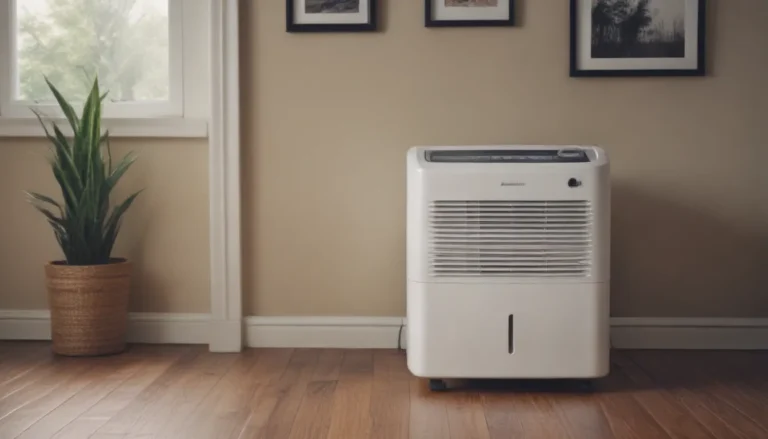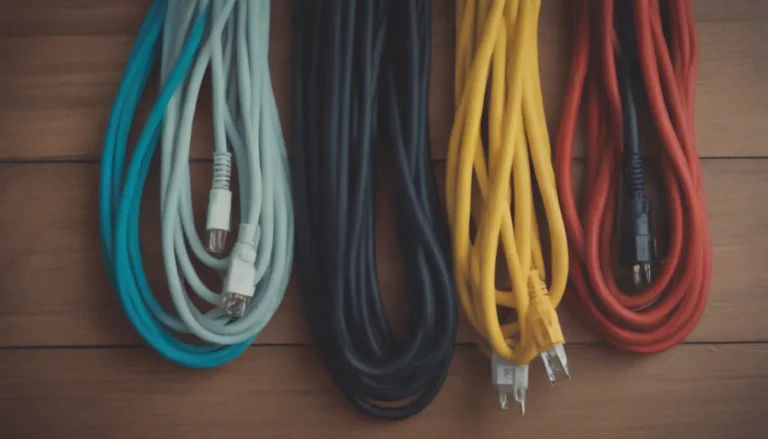Choosing Between Butt and Tapered Drywall Joints: The Ultimate Guide

When it comes to installing drywall, whether on walls or ceilings, dealing with joints is inevitable. While super-sized drywall sheets aim to minimize seams between sheets, most do-it-yourselfers still work with standard 4-foot by 8-foot sheets. One of the key decisions to make when installing drywall is whether to use butt joints or tapered joints. Let’s delve into the details of these two types of joints to help you make an informed decision.
Understanding Drywall Joints
Before we unravel the differences between butt and tapered drywall joints, it’s essential to understand what drywall joints actually are. A drywall joint or seam is formed when two pieces of drywall are installed next to each other. To cover these joints, paper or fiberglass tape is applied and then covered with joint compound.
Drywall joints not only add to the workload and cost but also pose the risk of opening up or cracking in the future. This is why choosing the right type of joint is crucial for a seamless finish.
Butt Joints: The Basics
A butt joint is created when the edges of two adjoining drywall sheets have the same thickness as the rest of the sheet. This means that the edges are not tapered but rather maintain the sheet’s original thickness. While butt joints are versatile and not limited to tapered edges only, they require more mudding work compared to tapered joints.
Pros of Butt Joints:
– Versatile and not limited to tapered edges
– Uses less mud than tapered joints
Cons of Butt Joints:
– Requires more mudding work
– Tape may be visible
Tapered Joints: The Go-To Choice
On the other hand, a tapered joint occurs when the edges of two drywall sheets taper from the original thickness to a reduced thickness. Tapered joints are visibly superior as they allow for a smoother finish, concealing the seams effectively. While tapered joints are easy to create and eliminate guesswork, they do require more joint compound than butt joints.
Pros of Tapered Joints:
– Visibly covers up the seam
– Easy to create, with no guesswork
Cons of Tapered Joints:
– Uses more mud than butt joints
– Embedded tape is harder to access if a mistake is made
The Verdict: Tapered Joints Reign Supreme
In most cases, when given the choice, opting for tapered drywall joints is the way to go. Tapered joints provide a seamless finish by allowing the joint compound to fill in the valley created by the tapers. This results in a smooth, visually appealing joint that is nearly invisible to the naked eye.
One key tip to keep in mind is that when working with tapered joints, ensure that you only fill the valley with joint compound. Extending the compound beyond the valley is unnecessary and may lead to additional sanding, potentially damaging the drywall face paper.
Installation Tips for Butt Joints
If you find yourself having to work with butt joints, fear not. With careful application of compound and sanding, butt joints can be made to disappear seamlessly. Here are some tips for installing butt joints effectively:
- Use a larger drywall knife to taper both sides of the joint for a smoother finish.
- Consider installing drywall shims to create a slight depression for easier filling.
Creating Perfect Tapered Drywall Joints
When working with tapered joints, take advantage of the tapered edges of the drywall sheets to create seamless seams. By aligning the tapered edges, you can ensure that the joint compound fills in smoothly without leaving any bulges or imperfections.
It’s important to note that tapered joints are ideal for flat installations and not recommended for corner installations. Using tapered edges on corners may result in angles that are not perfectly 90 degrees.
Filling Tapered Drywall Joints
The beauty of tapered joints lies in their ability to create nearly invisible seams. By filling the taper with joint compound, you can achieve a flawless finish that seamlessly blends with the drywall facing. For added strength, consider using mesh fiberglass drywall tape with tapered joints for enhanced durability and longevity.
In conclusion, when it comes to choosing between butt and tapered drywall joints, the latter is often the preferred choice for a seamless finish. By understanding the nuances of each type of joint and employing the right techniques, you can achieve professional results in your drywall installations. So, the next time you embark on a drywall project, make an informed decision and opt for tapered joints for a flawless finish that will stand the test of time.





